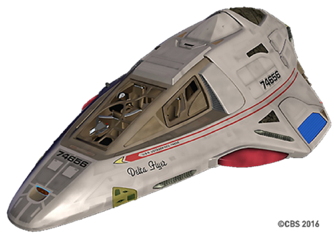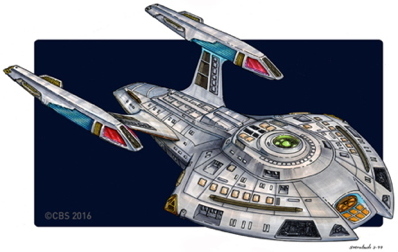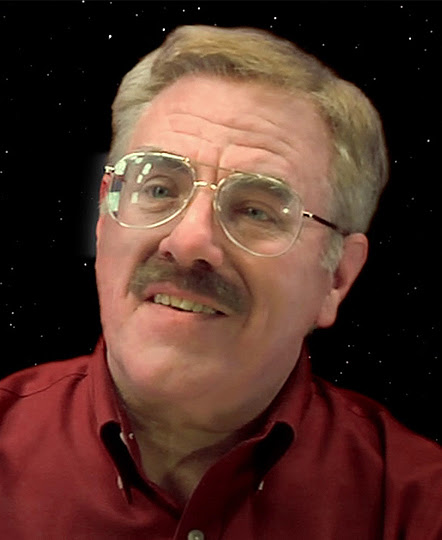
©CBS 2016

Goddard Space Flight Center, Greenbelt, Maryland 20771
Joint ENGINEERING and SCIENTIFIC COLLOQUIUM
Wednesday, September 7, 2016 / 3:30 PM, Building 3 Auditorium

© CBS 2016

Rick Sternbach
"Star Trek and NASA: 50 Years of Inventing the Future Together"
ABSTRACT -- Even before NASA and Star Trek existed, filmmakers looked to the aeronautical industry, organizations involved in rocket experiments, and astronomers to aid them in depicting flights to other worlds. The Buck Rogers and Flash Gordon serials treated audiences to journeys in rocketships to meet up with those "new civilizations" we're so familiar with today, with both good and bad results. Movies such as Frau im Mond and Things to Come primed us for more adventures beyond the Earth with productions like Captain Video, Tom Corbett, Destination Moon, Forbidden Planet, and countless others. Art departments (with wildly varying budgets) designed sets and props and spaceship models. The practice continued with Star Trek, which first aired fifty years ago, and barely eight years after NASA itself was formed. This presentation will examine many of the concepts developed for Star Trek, both human and alien, with particular emphasis on their scientific and technological plausibility, even in the 24 century. Developments in real launch vehicles, space stations, and distant planetary spacecraft have all inspired the look of their future versions. Research into new materials and processes, medicines, sensors, computers, and energy systems have likewise driven the look of future handheld equipment. While the real world has been quickly catching up to what we have designed in the Star Trek universe, we continue to learn and ask questions. And imagine.
SPEAKER -- Rick Sternbach has been a space and science fiction artist since the early 1970s, with clients such as NASA, Sky and Telescope, Smithsonian, The Planetary Society, and Time-Life Books. He is a founding member and Fellow of the International Association of Astronomical Artists (IAAA). Rick added film and television work to his repertoire with productions such as Star Trek (ST): The Motion Picture and Cosmos, for which his astronomical art team received an Emmy award. Rick also twice received the coveted Hugo award for best professional science fiction artist. Rick was one of the first employees hired to update the Trek universe for ST: The Next Generation. He created new spacecraft, tricorders, phasers, and hundreds of other props and set pieces. Rick later added Deep Space Nine and Voyager to his spacecraft inventory, and kept his hand in real space design with Voyager's Ares IV Mars orbiter. In 2004 Rick initiated Space Model Systems, which is dedicated to providing unique model and art products to the space science community. Physical terrains and globes of Mercury, Venus, Mars, and Saturn's moon Iapetus were produced for LA's Griffith Observatory; digital renderings of the Cosmos 1 solar sail were done for the Planetary Society; and a scale model of a proposed asteroid retrieval spacecraft was built for the Keck Institute for Space Studies. Most recently, Rick was included in the special committee advising the National Air & Space Museum on the restoration and conservation of the eleven foot Starship U.S.S. Enterprise filming miniature.
Colloquium Committee Sponsor: Ken Carpenter
September 19: "Infrastructure: The Road Taken", Henry Petroski, Duke University
Engineering Colloquium home page: https://ecolloq.gsfc.nasa.gov